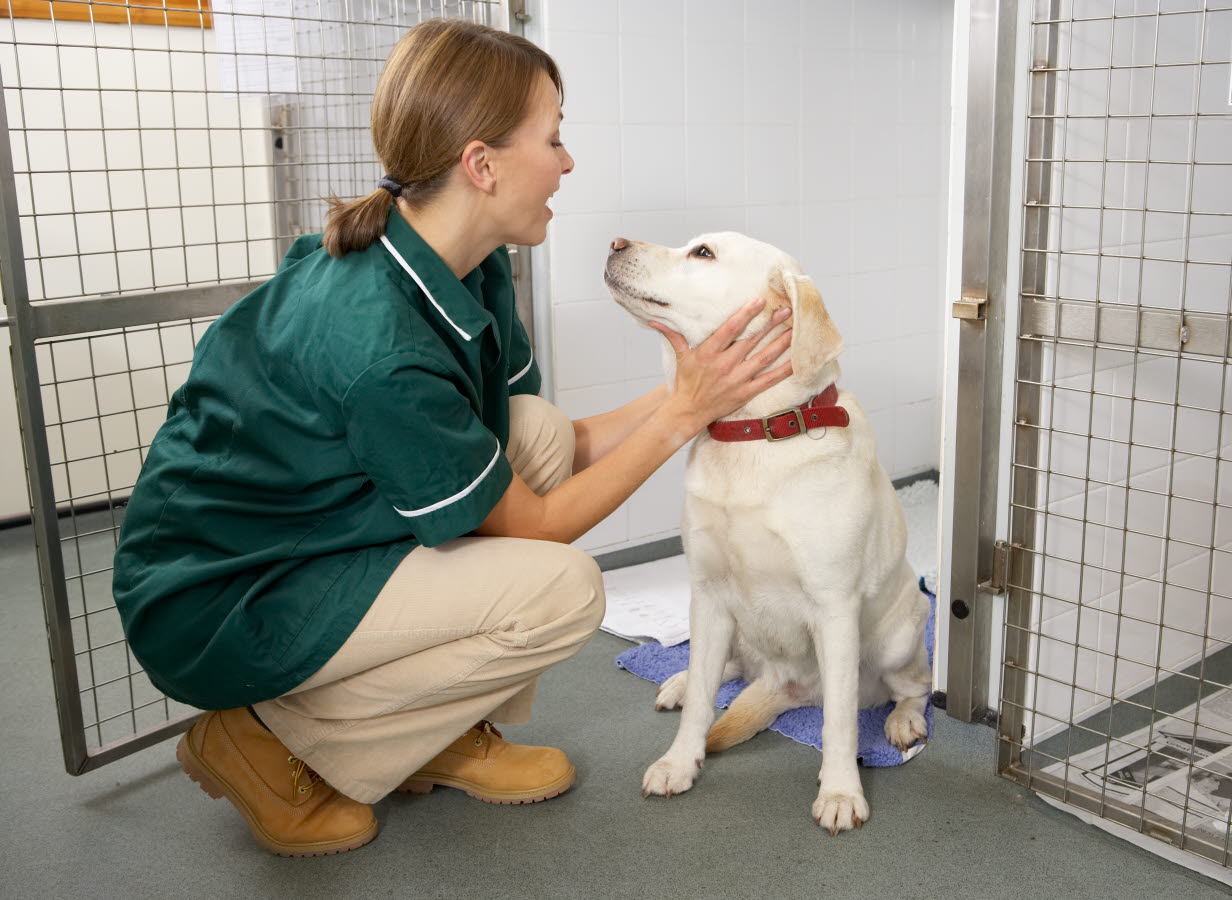Common pet skin problems

The skin is the largest organ in the body. Skin problems such as itchiness, sores and inflammation are one of the most common reasons that pets are brought to see the vet. Pets such as dogs and cats can suffer from a large variety of skin problems caused by allergies, parasites, bacterial and fungal infections, metabolic diseases and immune disorders.
There are some common signs of skin problems in pets. These include itching, scratching or licking areas of the skin excessively. You may also notice areas of hair-loss, coat thinning, red or inflamed skin, or development of pustules, sores or scabby skin.
What do I do if I notice my pet is itching?
If you notice changes to your pet’s skin, or see them scratching, itching or licking excessively, it can be a good idea to initially carefully check their skin and coat for any obvious lesions. If your pet is showing any of the signs associated with skin problems, it is important to have your pet examined by a veterinarian.
Your veterinarian will conduct a full physical examination of your pet, and also ask you further questions around how long the signs have been present, whether your pet has suffered from similar problems previously, and find out if you have been using any parasite control products on your pet.
What can cause skin problems in pets?
Skins problems in pets can develop from a variety of causes. There are several skin parasites which can affect pets including fleas, and mites – also referred to as mange. Fleas can affect both dogs and cats – with pets suffering from both flea infestations and also flea allergy dermatitis.
Some pets are allergic to the flea’s saliva when they bite the pet, resulting in a high degree of itchiness, referred to as flea allergy dermatitis. There are a variety of widely available flea prevention products which can help with both flea infestations and flea allergy dermatitis. Speak with your veterinarian for advice on which flea prevention product would be most appropriate for your pet.
Skin mites or mange is another skin problem in pets. The two most common types of skin mites affecting dogs include scabies and demodex. Some pets can have skin mites and won’t display any signs of irritation, whilst in other cases, dogs will be itchy and may develop areas of hair loss and skin damage with secondary skin infections. Scabies is also potentially transmissible to humans.
If your veterinarian suspects that your pet may be suffering from skin mites, they may suggest a skin scrape procedure which helps to diagnose if mites are involved. If your pet needs a skin scrape performed, your vet can explain more about this procedure and what’s involved. Mange can be treated, and there are also several preventative products available which will help protect your pet.
Pets can suffer from a large variety of skin allergies, which can cause itchiness, hair-loss and development of areas of scabby dermatitis – or inflammation of the skin. Skin allergies are often referred to as atopy or atopic dermatitis, with atopy referring to the pet’s genetic tendency to develop allergic disease. Atopy in pets can be caused by indoor and outdoor allergens, and can affect your pet if the allergens are eaten, inhaled or if they come into physical contact with them.
This means that some pets may be allergic to certain foods, or they can be allergic to pollens, grasses, mould, dust mites or a large variety of other allergens. Allergic pets will often excessively lick their paws or scratch their ears. Skin allergies are often chronic or long term diseases, and usually require ongoing treatment and management to help your pet. Pets can also develop hypersensitivity skin reactions to insect bites such as from spiders, bees and ants.
Pets can also get a variety of skin problems caused by infections with bacterial and fungal micro-organisms. Ringworm is a highly contagious fungal skin disease which can cause circular areas of crusty bald skin. Bacterial infections can quickly cause sores and dermatitis, which can be itchy and painful.
Dogs can commonly suffer from hot spots, which refers to areas of bacterial dermatitis on the skin usually initially caused by some sort of trauma – such as the pet licking or scratching a particular area of their skin as a result of allergies, flea bites or small wounds. Skin infections often need to be treated with topical and systemic medications, together with cleaning the affected area.
Can my pet’s skin problem be caused by more than one thing?
Yes - like with many health conditions, some pets can suffer from skin problems that are caused by several factors. This highlights why it is so important to seek veterinary advice about your pet’s skin problems.
Through examining your pet, undertaking clinical investigations and diagnosing what is causing the skin problems, your vet will then be able to implement a management plan for your pet – to keep them as happy and healthy as possible. For more complex cases, your veterinarian can also discuss with you about referring your pet to a specialist veterinary dermatologist for further treatment.
For more information, check out the following articles:
